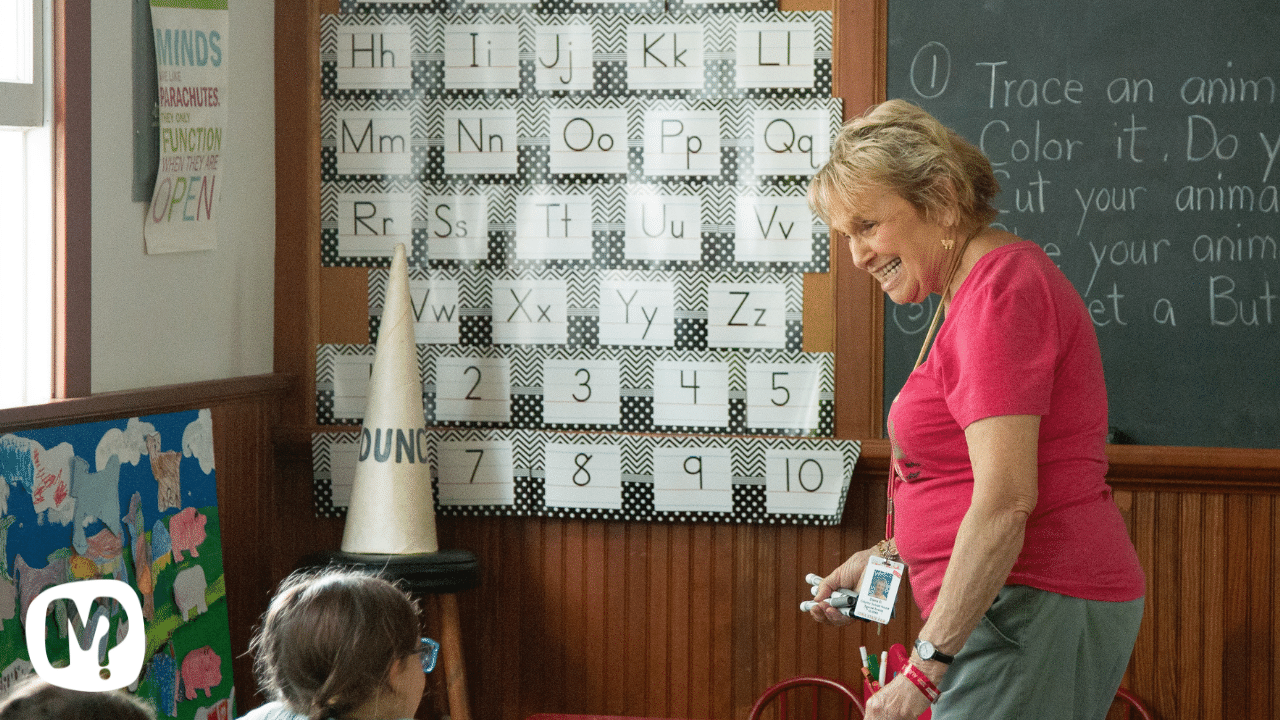"Thanks for sharing" - what to say when students are wrong
For a short time in a varied career I worked as Life Education consultant with my hand up Harold, a puppet giraffe.
For those who don’t know, Life Education is a great program teaching primary students about drugs and alcohol. I learnt a lot during my 6 months with Harold, but by far and away the most valuable thing I learnt was how bad it is to say “No” in the classroom. At the end of my first lesson with students, I debriefed with my mentor who’d watched the whole lesson from the back of the room (a van). She asked me to guess how many times I’d said “No” in response to a student. I said “a few, maybe three or four?” She’d counted. It was a whopping 34 times.
In 60 minutes I had said “No” 34 times. My mentor explained that creating an inclusive environment for students was essential to running a good Life Education session. It has become clear to me since, that this skill is vital in any classroom.
Never say no
The first and most important thing is to never say “No” in response to a student’s answer. Not only does saying “No” discourage the student you are talking to but it also discourages the participation of other students in your class. As educators we know what it’s like to try to elicit a response from your class; we have all felt the frustration of standing in front of the class trying to wrangle responses to get to the end you have in mind. Many teachers blame the students for not wanting to answer their questions, “they’re just so disengaged!” And, I agree, it is one of the most difficult things as a teacher - to bring the students along in a train of thought. Sometimes your students will suggest something that is plainly wrong, and encouraging their response could appear to misdirect the rest of the class. So how do you response to silly answers? What to say when students are wrong?
Consider yourself as a facilitator rather than a judge
You needs to accept and encourage all ideas, even if students are off track, and phrase your response to redirect the conversation. Your first goal is encourage your students to share their ideas.
How do you respond to silly answers?
Imagine beginning a lesson about Captain Cook with the following questions to the class.
“Who was Captain Cook? Does anyone know what Captain Cook was famous for?”
In response, little Bobby raises his hand and with the utmost confidence says, “He was a farmer”. Instead of saying “No” to Bobby’s idea, we welcome his input to the conversation and redirect this response back to him, and then the class. If he is a bright student you might like to pose another question to identify what Bobby is thinking. Something like “Bobby have you heard something about Captain Cook and farming?”
If you think that he may be challenged with a further question you might like to say “Thanks for sharing Bobby. It is possible that Captain Cook might have liked farming, but we don’t really know that for sure. Has anyone else got a different idea?”
Not only does this encourage Bobby’s effort but is redirects the conversation to allow others to help him with the correct answer.
Body language is important
Always respond to a question with an open palm. This might sound silly, and when I started doing this I felt really self-conscious. I can attest that an accepting open palm really makes a difference to students’ responses.
So here is my 1, 2, 3 of how to best encourage students to participate in your classroom.
1. Never say “No”.
Saying “No” discourages students from participating even if they are confident they have the correct answer.
2. Act as a facilitator.
Encourage all responses and redirect back to the class.
3. Positive body language.
Use an open palm to accept students’ responses. Finally here are some great responses to silly questions:
“Thanks for sharing, has anyone got a different idea?”
“That’s an interesting idea, what else can we come up with?”
“I’ve not thought of that one, what other ways could we look at that?”
—Karen Green - Curriculum Consultant MAPPEN Author
__________________
New to MAPPEN?
We’d love to chat with you about your needs and show you how it works. If you’d like a demo or free access to an Exploration Account, don’t hesitate to get in touch.

